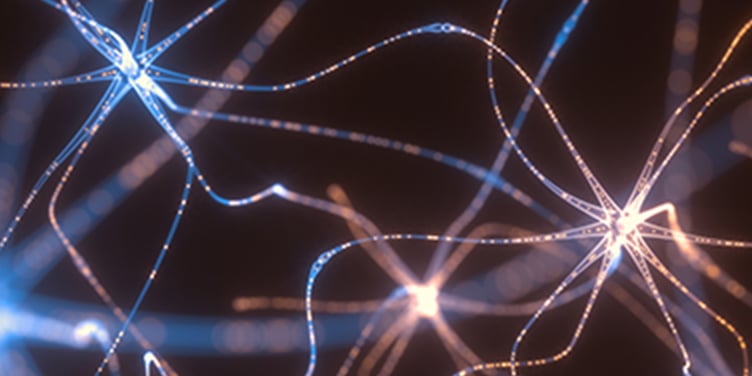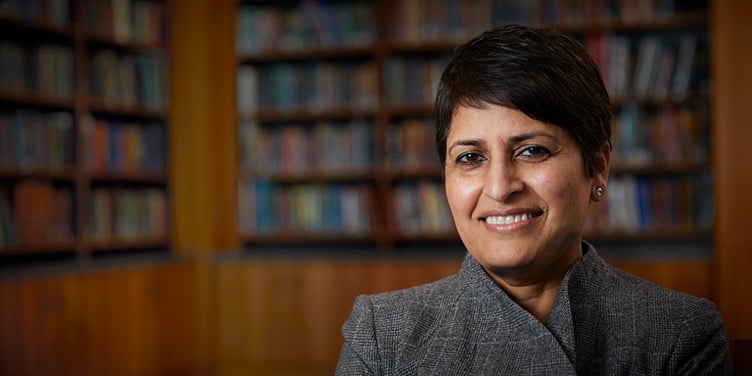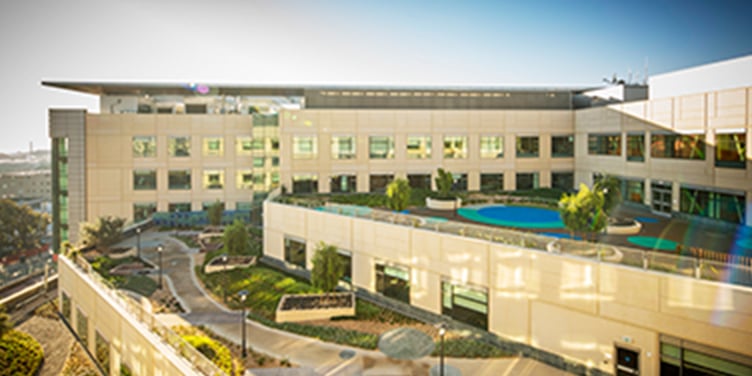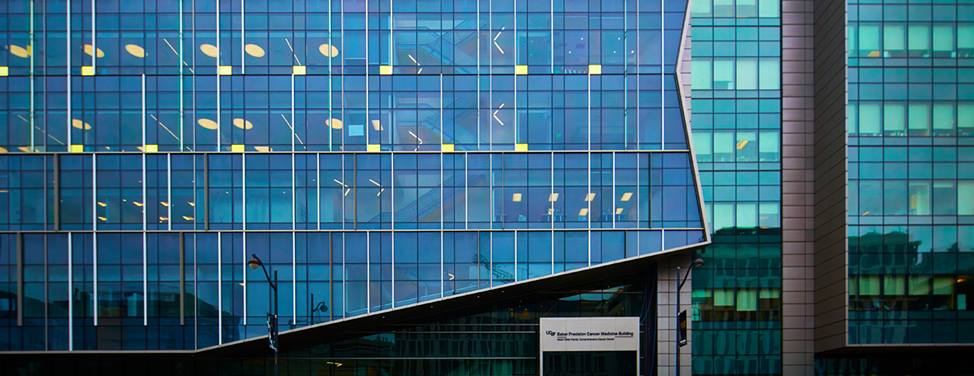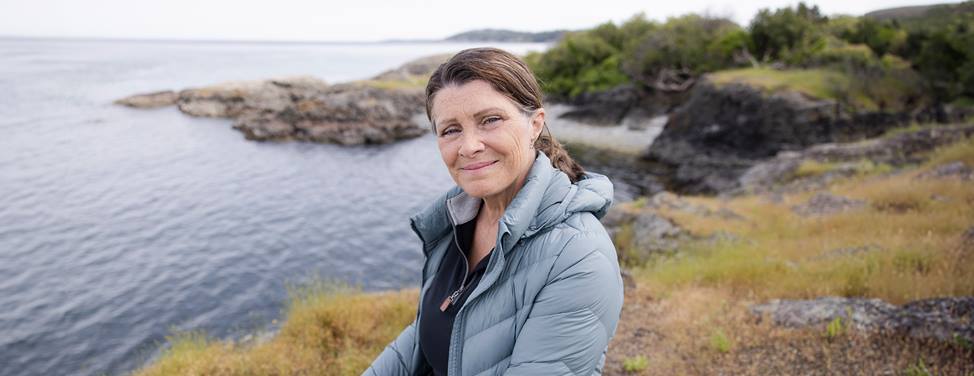Consultation
When you meet with your breast cancer surgeon, you can ask to be referred to a plastic surgeon for a consultation.
During your consultation, the plastic surgeon will go over the benefits and risks of various reconstruction techniques. If you're considering implants, we can show you tissue expanders and implants.
Most people can have some sort of breast reconstruction, but not everyone is a candidate for all procedures. Your options depend on the type of mastectomy you had, your medical history, and your body shape and size. You and your plastic surgeon will discuss which option best fits your situation and preferences.
We encourage you to ask lots of questions at your consultation. Our Patient Support Corps service can help you come up with a list of questions before your appointment.
Preparation
Before your procedure, you'll have an appointment with the Prepare Program to ensure you're ready for surgery. Your care provider will also give you instructions on where to check in on the day of your procedure, plus any changes to make to your diet or medications before surgery.
To minimize your risk of complications, don't use tobacco or nicotine products for at least one to four weeks before and after surgery. Nicotine narrows blood vessels, decreasing blood flow to the surgical site and raising your risk for wound healing problems, infection and even the failure of your reconstruction procedure. The UCSF Fontana Tobacco Treatment Center offers resources to help people quit for good.
Procedure
Reconstruction with expander and implant
Implant-based reconstruction is almost always a two-step procedure. To begin, the surgeon places a tissue expander either above or below your pectoralis (chest muscle). A small amount of saline or air is injected into the expander through a valve, but you'll have very little breast volume and projection when you wake from surgery.
Next, you begin the process of tissue expansion, which requires coming into the office weekly or every other week. At each visit, we use a narrow needle to add some saline to the expander. This process gradually stretches the chest muscle and skin to accommodate your implant.
After your last tissue expansion visit, you need to wait another four to six weeks before having the second stage of the surgery. (If you're having chemotherapy, the second procedure is delayed until you've completed the course.)
In the second procedure, the surgeon removes the expander and replaces it with a permanent implant.
If you have immediate reconstruction with implants, the entire process – from the mastectomy to placing the permanent implants – takes three to six months, on average.
For more information, please see our FAQ on implants.
Reconstruction with your own tissue (autologous reconstruction)
For autologous reconstruction, the "donor tissue" is usually taken from the patient's lower belly, but the back, buttocks or inner thighs may also be used. To establish blood supply to the transferred tissue, surgeons connect its tiny blood vessels to blood vessels in the chest.
Free flap reconstruction from the abdomen
Several free flap approaches use tissue from the lower abdomen. These include:
- TRAM flap. The surgeon takes skin, fat, blood vessels and a small portion of muscle from the lower belly to reconstruct the breast.
- DIEP flap. The surgeon takes skin, fat and blood vessels from the lower belly to reconstruct the breast but leaves the underlying muscle intact. However, an incision is made in the muscle to collect the vessels needed to supply blood to the transferred tissue.
- SIEA flap. The surgeon takes skin, fat and blood vessels from the lower belly without making an incision in the underlying muscle. This technique is possible only for patients with a certain anatomy.
At UCSF, the autologous techniques we use most are the TRAM, DIEP and SIEA flaps.
Free flap reconstruction from other areas
- Latissimus dorsi flap. The surgeon uses the latissimus dorsi (a large, flat back muscle) and some skin from the patient's back to support the breast skin and, in some cases, to help re-create part of the breast mound. A breast implant may also be needed.
- S-GAP flap. The surgeon uses skin and fat from the upper portion of a buttock to reconstruct the breast.
- I-GAP flap. The surgeon uses skin and fat from the lower portion of a buttock.
- TUG, VUG or DUG flap. The surgeon uses skin, fat, muscle and blood vessels from the upper thigh. The different names refer to the orientation of the thigh incision.
For more information, see Types of Autologous Breast Reconstruction.
Recovery
After a mastectomy and the first stage of implant reconstruction, you'll spend one to two days in the hospital, followed by about four weeks of recovery at home. You'll have your first tissue expansion two to four weeks after the first stage of your surgery. The second operation typically doesn't require an overnight stay in the hospital, and recovery takes about two weeks.
If you have a mastectomy and autologous free flap reconstruction, you'll spend three to five days in the hospital, followed by about six weeks of recovery at home. About one week after your hospital discharge, you'll have a follow-up visit with your plastic surgeon.
To prepare for your recovery at home, we recommend having "distraction therapies," such as books, magazines and movies, on hand. Wearing comfortable button-down shirts or zip-up tops can make changing clothes easier.
Recovery times vary, with pain and fatigue resolving in anywhere from two to 12 weeks.
Infection is a risk after any surgery. Signs of infection include:
- Redness at the surgical site that gets worse over time
- Pain around the surgical site that gets worse over time
- Flu-like symptoms
- Excessive swelling
Contact your surgeon's office immediately if you notice any of these symptoms.

